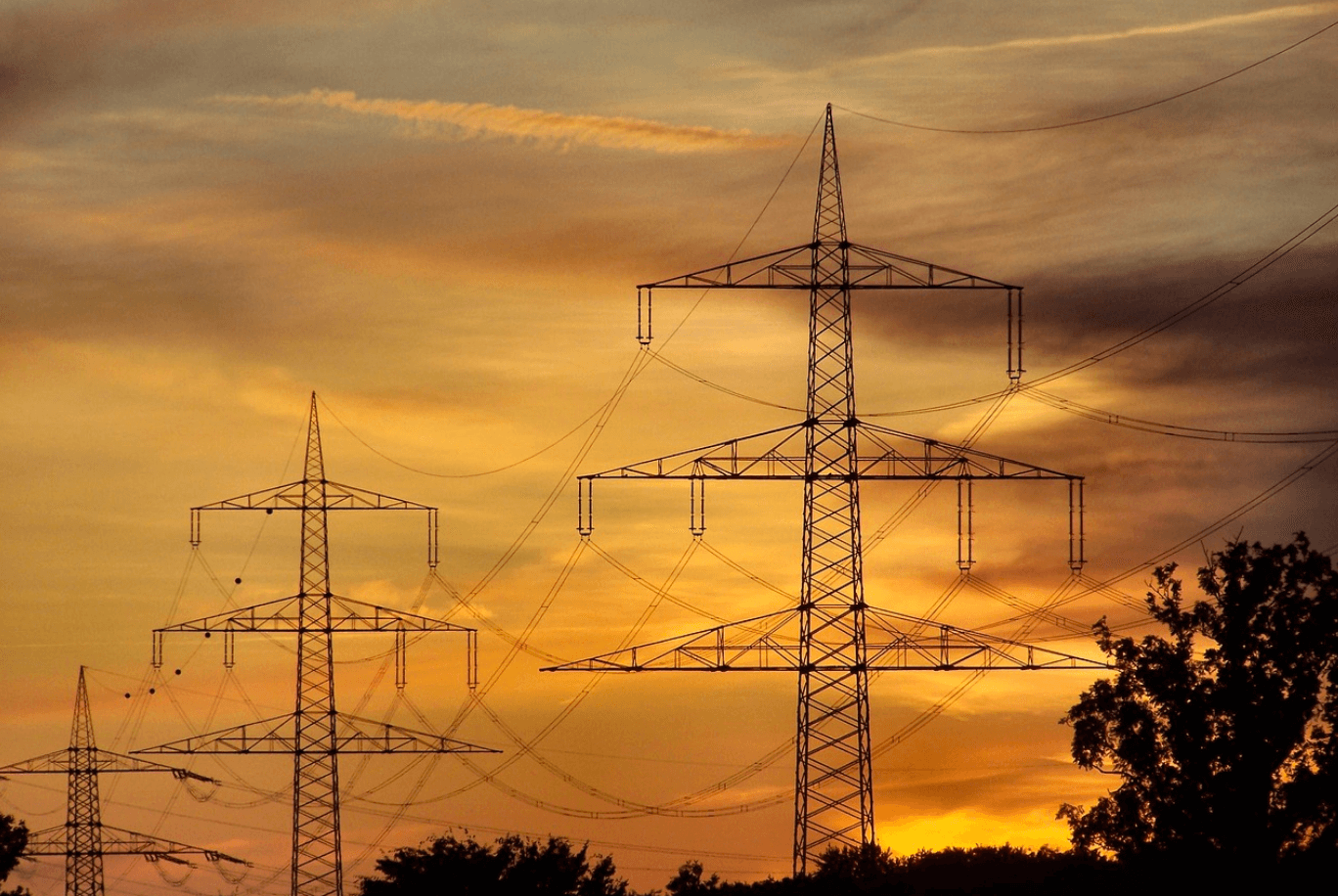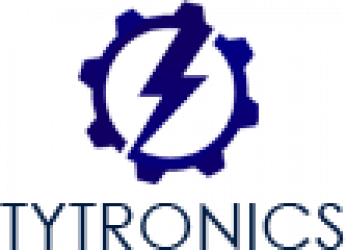House Automation: The Future of Homes

Do you ever wonder what your life would be like if you didn’t have to worry about mundane chores and household tasks? What if your house could automatically manage your lighting, heating and cooling, and even your morning brewed coffee? With home automation, this is no longer just a dystopian idea from a sci-fi movie.
One important aspect of house automation is the integration of overhead power lines, which enable electrical currents to power and connect all aspects of your home. Let’s explore the benefits of house automation with this technology and how it can make your life easier.
Convenience and Comfort
Overhead power lines enable the automation of all the appliances, devices, and functions within your home, enabling you to control, schedule, and monitor them all from a remote or mobile device. For instance, you can set a regular lighting and temperature routine, allowing your home to adapt to your personal preferences and saving you time and energy.
With the help of AI and sensors, your home can also detect your presence and follow your routine without you having to supervise every single task. Imagine waking up in the morning to a perfectly brewed coffee and a warm shower, as your home has already anticipated your needs. With the touch of a button, you can control the entire smart ecosystem of your home, including security cameras, garage doors, and more.
Energy-Efficiency and Savings
House automation in Sydney can help you save significant amounts of money and reduce energy consumption. With features such as timed lighting, temperature control, and smart power outlets, you can manage energy efficiency by avoiding energy waste when you’re not at home and focusing on the essentials when you are.
Smart homes can automatically adjust to the optimal temperature and lighting conditions according to season changes and daylight hours, thereby reducing energy bills by up to 30%. Moreover, smart power outlets and energy monitoring systems enable you to accurately measure how much electricity is being consumed and how much money you’re spending, so you can accordingly make any necessary adjustments.
Personalization
Another major advantage of house automation is that it can be tailored to suit your personal lifestyle and preferences. With an array of smart devices and gadgets available, you can choose the level of automation and features that fit your home and family’s needs.
For example, seniors can benefit from automation that monitors their medication and health, such as fall detection or reminders to eat. Individuals with disabilities can enjoy increased independence with the help of voice-activated assistants or smart sensors that provide automated communication and assistance.
Increased Security
Home automation is not only bout convenience, comfort, and savings, but also about keeping your family secure. Smart home security systems with automation can hold the key to providing a reliable and effective security force, capable of securing your home without any human intervention.
Overhead power lines to house enable smart security cameras with AI-equipped sensors and motion detection to report suspicious activity. With alerts and notifications sent straight to your mobile device, you can actively monitor and control your home’s security system, providing peace of mind even when you’re away. Smart door locks and garage doors can also be securely controlled, allowing you to safeguard your home efficiently.
Conclusion
Home automation with overhead power lines is the new frontier of home technology. With the ability to manage every aspect of your home, from security and energy consumption to convenience and comfort, smart homes with overhead power lines can save you time, money, and stress. The best part is that you can customize and personalize your smart home according to your and your family’s needs and preferences. So why not invest in turning your home into a smart home with overhead power lines today?




